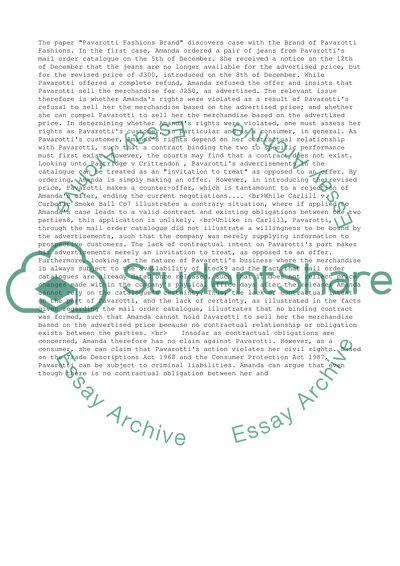Cite this document
(“Pavarotti Fashions Brand Case Study Example | Topics and Well Written Essays - 1750 words”, n.d.)
Retrieved from https://studentshare.org/business/1503131-pavarotti-fashions-brand
Retrieved from https://studentshare.org/business/1503131-pavarotti-fashions-brand
(Pavarotti Fashions Brand Case Study Example | Topics and Well Written Essays - 1750 Words)
https://studentshare.org/business/1503131-pavarotti-fashions-brand.
https://studentshare.org/business/1503131-pavarotti-fashions-brand.
“Pavarotti Fashions Brand Case Study Example | Topics and Well Written Essays - 1750 Words”, n.d. https://studentshare.org/business/1503131-pavarotti-fashions-brand.


